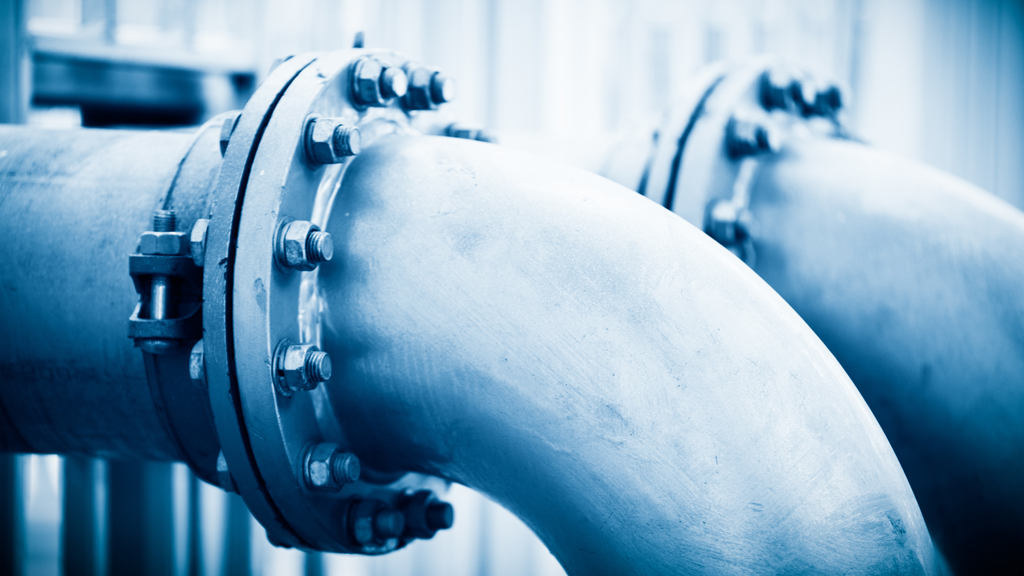An innovative German-developed wastewater-to-energy technology system is coming to Toronto in a very big way and the cited benefits include reduced air pollution and a cleaner climate.
In what is being described as “delivery of the world’s largest raw wastewater energy transfer,” Huber Technology’s patented ThermWin system will be installed at the University Health Network’s Toronto Western Hospital.
Delivered by Toronto-based Noventa Energy Partners, an alternative energy provider which is the exclusive North American distributor, the ThermWin system will supply the hospital with 1.8 billion kilowatt-hours of low-carbon energy from raw wastewater over the life of 30-year agreement.
In a news release, Noventa says that amounts to approximately 90 per cent of the hospital’s space heating and cooling requirements. Other benefits include the reduction of the hospital’s carbon dioxide emissions by 250,000 tonnes and savings of more than 141 kilowatt hours of electricity, 130 million cubic metres of natural gas, and 1.3 billion litres of cooling water.
The project is being financed, in part, by a $3.3 million federal government grant.
Bird Construction is the contractor overseeing the $38-million project which is just getting underway and is expected to take a year to complete. The project encompasses the construction of an underground vault which will house 16 of Huber’s RoWin heat exchangers, the excavation of a 45-metre-deep wet well that will be connected to the sewers, the installation of a heat pump, and the retrofit of the hospital’s existing steam system to a low-temperature, hot water system.
With the use of screens, pumps and gravity, the coarse solids will be retained and sent back to the sewer, while the screened wastewater will be transported to the heat exchangers. A major feature of the air-tight heat exchanges is a self-cleaning system.
“Wastewater is an untapped renewable energy source that is underutilized in North America. This is one of the first projects of this scale to use raw municipal wastewater from a sewer to provide low carbon heating and cooling to a building,” says Noventa’s CEO and founder Dennis Fotinos.
After learning about the technology a few years ago, he conducted research into it and then finalized the exclusive distribution rights with Huber.
Following the completion of the agreement, “we began looking at large energy users, such as hospitals and hotels, and then we submitted an unsolicited proposal to the (Toronto Western) hospital,” says the company’s chief technology officer and head of operations, Stephen Condie.
“After doing its due diligence the hospital gave us the go-ahead.”
Under its business model, Noventa took the design to the 30 per cent stage, with the design being finalized by project partners MCW Consultants and Stantec, says Condie.
Operational savings will be further enhanced by Noventa’s own patent-pending Domestic Feedwater Supplementary Cooling, a process improvement that will provide cooler condenser water during the summer months by rejecting additional heat to the domestic hot water pre-heating system, he says.
In the event of a power outage, the Noventa system will be fully backed up with natural gas generators to allow a continuous supply of hot and chilled water through the distribution network. A number of other operational safeguards have been designed into the system.
“I think it will be spectacular,” says Condie, when asked about the future of the ThermWin technology in North America. Hospitals are major energy consumers and they’re looking for ways to improve heating and ventilation, he adds.
In a ZOOM interview from its head office in Germany, Huber sales manager Simon Schmausser said the family-owned company, which was founded in 1872, has always been an innovator in the field of drinking water and wastewater treatment.
“We were looking for municipal systems to be more energy efficient,” says Schmausser on the factors that led to the development of the ThermWin technology.
That was approximately 10 years ago and now the technology is used in buildings around the world, but primarily in Europe, says Schmausser.








Recent Comments
comments for this post are closed